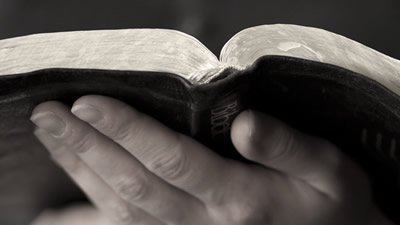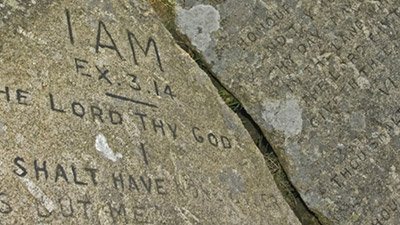
The Tree of the Knowledge of Good and Evil: Evil or Good?
A recent Facebook commenter asked a very good question about the creation week. V. P. asked, “If God saw that all he had made was ‘good,’ then wouldn’t the forbidden tree and its fruit be deemed ‘good’ as well?” This is a valid question to ask, but one not often considered.
And out of the ground the Lord God made to spring up every tree that is pleasant to the sight and good for food. The tree of life was in the midst of the garden, and the tree of the knowledge of good and evil (Genesis 2:9).1
And the Lord God commanded the man, saying, Of every tree of the garden thou mayest freely eat: But of the tree of the knowledge of good and evil, thou shalt not eat of it: for in the day that thou eatest thereof thou shalt surely die (Genesis 2:16–17).
And God saw every thing that he had made, and, behold, it was very good. And the evening and the morning were the sixth day (Genesis 1:31).
The Purpose of the Tree
The tree of the knowledge of good and evil, referred to in the question as the “forbidden tree,” was placed in the garden of Eden, most likely on the sixth day. Its purpose appears to have been twofold. The first and most often considered purpose was to provide man with a choice: to love and serve God willingly or to rebel against him and reject the one prohibition he had given them. The second purpose is less clear, but Genesis 2:9 points to a possible option. This verse describes all trees as being either pleasant to look at or good for food. While the fruit of the tree of the knowledge of good and evil was certainly not good for Adam and Eve to eat (because it would bring death), there is no indication that animals could not have eaten it. This is a small but significant detail. With this second purpose in mind, the popular view of the “forbidden tree” changes. It could have been described as good simply because it had a purpose.
The Source of Sin
The tree of the knowledge of good and evil was not evil by its nature. There was nothing wicked about the tree. To claim this would imply that God created something evil, which would contradict Genesis 1:31. The tree was not the source of sin; man was. God gave man a very clear command in Genesis 2:17: “But of the tree of the knowledge of good and evil you shall not eat, for in the day that you eat of it you shall surely die.”
The command was simple: do not eat of that one particular tree. The consequence was equally clear: if man ate, he would die. The fruit was not poisonous, evidenced by the fact that Adam and Eve did not physically die soon after eating it. The tree was not the problem; man was the problem.
The tree did not contribute to man’s sinfulness beyond providing him with an opportunity to obey or disobey.
The tree did not contribute to man’s sinfulness beyond providing him with an opportunity to obey or disobey. Man was explicitly commanded not to eat from the tree, yet he decided to do it anyway. This is analogous to a parent telling a preschool child not to put his hand on the stove burner. If the child does so, there are consequences for the child beyond the risk of him getting burned. However, the stove is not evil. It is still serving its intended purpose. The disobedient child sinned. The tree of the knowledge of good and evil can be viewed in a similar light. It was not somehow bad because man used it to disobey God. God confirmed that in Genesis 3 when he issued the curse. There were consequences for the serpent, the ground (thus the tree—and all other trees for that matter), Adam, and Eve. However, God specifically said that the ground was cursed because of what Adam did—not because of some undesirable quality of the tree (Genesis 3:17).
Conclusion
While the tree of the knowledge of good and evil served as the opportunity for man to disobey, it was not wicked on its own. God could rightly have looked at his creation after day six, after making that tree, and called it “very good” (Genesis 1:31). There was no intrinsic evil in it, so there could not have been wickedness in the “forbidden tree.” The wickedness would be introduced later, but not by the tree. Instead it would be introduced by Adam and Eve’s choice to rebel against God’s command, which caused death and Adam’s sin nature to pass on to all of his descendants (Romans 5:12). In short, the answer to the commenter’s question is, yes, the tree of the knowledge of good and evil was good. The fault for man’s fall lies with Adam and Eve, not the tree.
Footnotes
- All Scripture taken from the King James Bible.
Recommended Resources

Answers in Genesis is an apologetics ministry, dedicated to helping Christians defend their faith and proclaim the good news of Jesus Christ.
- Customer Service 800.778.3390
- Available Monday–Friday | 9 AM–5 PM ET
- © 2026 Answers in Genesis







